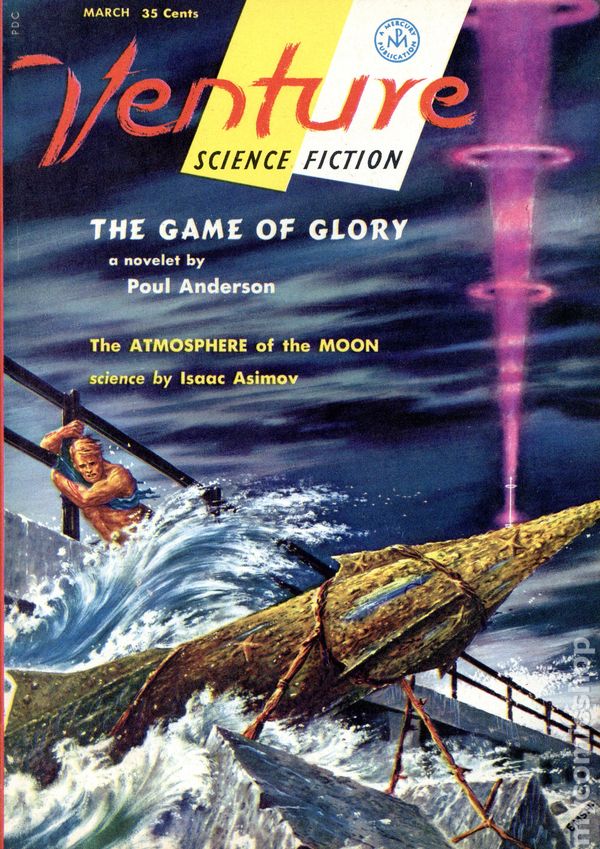
Further proof became available when the U.S. The apparent evidence that the earth is not flat, offered by individuals clinging to that obsolete theory, was shown to be pure fable when it was explained that a slight elevation in the center of the flat earth, which gives it the shape of an upturned saucer, accounted for the appearance of the masts of a ship before the entire vessel comes into view. They might conceivably have been successful, if they had not been publicly challenged by a few of the more progressive graduate assistants, and junior professors.Ī re-examination of the proof that the earth is round revealed that most of the claims to have circumnavigated the earth were due to navigational blunders.

Some prominent scientists, unwilling to see their scholarly reputations unravel, dismissed the new findings as an absurd superstition. It became a hot topic of discussion in Washington political circles and along Embassy Row.

Word of the discovery traveled rapidly among the library staff, and subsequently to outsiders. They were astounded to learn that the commonly-held belief that the earth is round, and that it orbits the sun were relatively recent, and that for the greater part of man’s existence, it was understood that a flat earth is orbited each day by the sun. During the work of preparing the holdings for uploading to the computers, some of the library staff happened to look at the documents, and were intrigued by what they found. The intention was to help preserve them from deterioration, and to enhance the Library’s capability to make the contents readily available to users around the country. The immediate cause of the Second Renaissance was the decision of the Library of Congress to copy all of its extensive holdings into a newly installed cloud computing system. This status had been conveyed upon it by the fact that the original documents had been destroyed during the ravaging of the libraries of Europe in the first and second world wars.

Its geographic location was associated with the fact that the Library of Congress, in the nation’s capital, had become the largest single repository of copies of the works of the ancients.

in the middle of the Twenty-First Century. The rebirth of knowledge of the ancients, known as the Second Renaissance, originated in Washington, D.C.


 0 kommentar(er)
0 kommentar(er)
